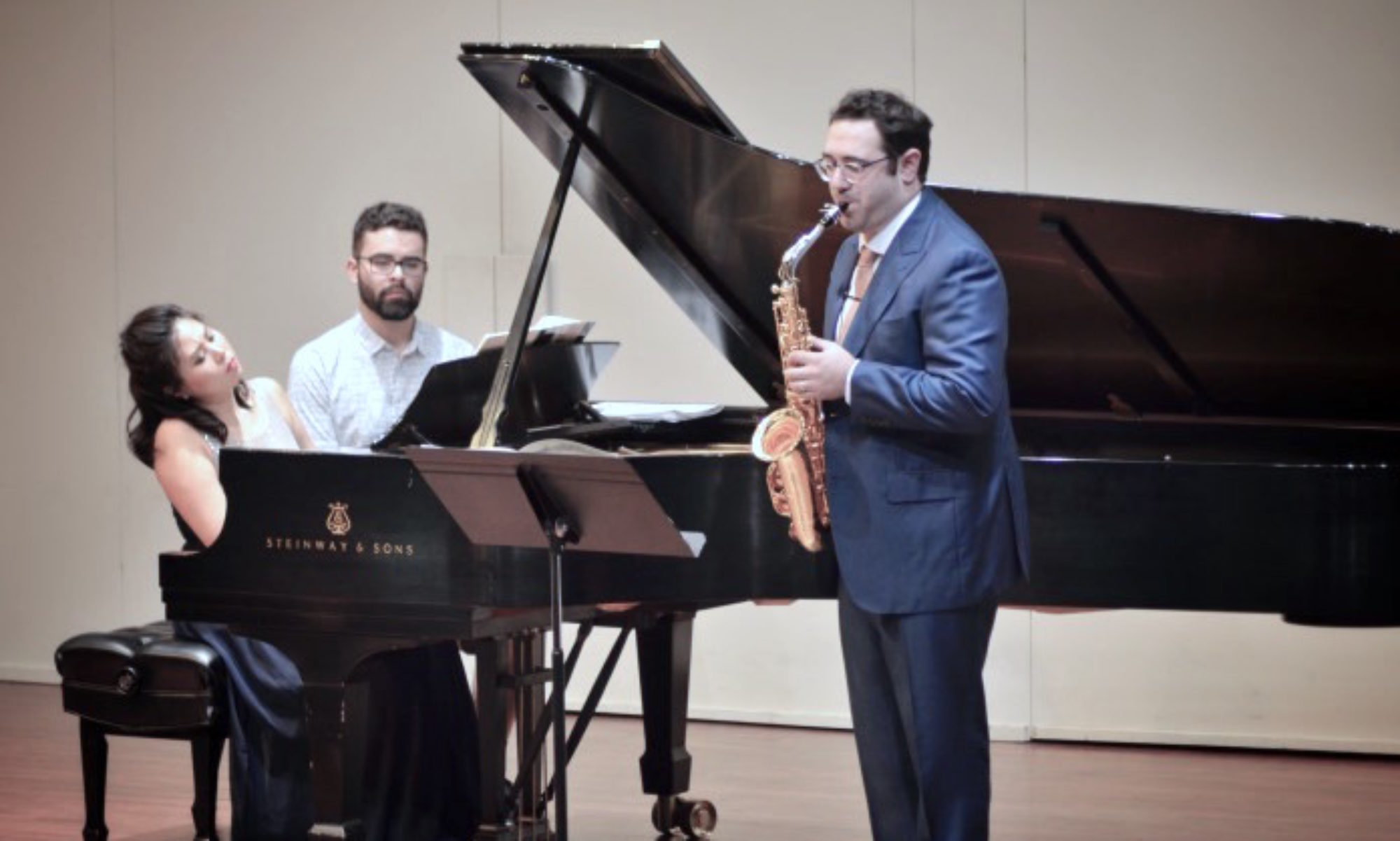Disclaimer: I am a Conn-Selmer Artist. I purchased the BC200 mouthpiece from Conn-Selmer at NASA 2020, the BC220 was ordered used off of eBay from Japan.
I had the chance to play the BC200 in March at the 2020 NASA Biennial Conference at ASU. I originally had one of my college students play it since she prefers more closed tip openings on baritone and when she did her face changed; a look of intrigue and excitement. I asked her about the mouthpiece and all I got back was a simple chuckle, a pause and, “I like it.” She sounded great on it too, no adjustment period, top to bottom. I knew right then I had to play it too. She was right, as was her initial response. It isn’t tubby, it isn’t too bright, its color reminds me of Dietrich Fischer-Dieskau, and when pushed it can even take on a great brilliance that reminds me of Fritz Wunderlich. That isn’t to say if you prefer colors more reminiscent of Hvorostovsky or Terfel it isn’t also capable of it, it is.
I don’t normally describe mouthpieces this way, but from the instant I played it I fell in love. From getting a punchy low end in quartet, to a singing upper register for Debussy‘s Cello Sonata the mouthpiece responds in tune and effortlessly. I would describe ease of response on the BC200 to something like the Vandoren B27/BL3, or Selmer S90 170, however there is a bit more control to the sound than the B27, more color and flexibility than the BL3, and seems to produce more volume and can if desired bite more than the S90 170.
I used this mouthpiece through the summer and early fall 2020, even making some recordings for a COVID Quartet on it until I found a BC220 on eBay for about $150, and I lent the BC200 to my student who loved it. She had been working so hard on her Yamaha 5C, and while I think they’re great and capable especially for the price, it isn’t a great match for her and as soon as she switched the sound went from good to, “woah.” The BC200 was such an easy adjustment from 15 years on an S90 190 and 1.5 on a BL5 (which was a great mouthpiece that let me play orchestral pops gigs, solo, and classical and jazz quartet pieces with ease). Figuring out the tuning and response idiosyncrasies was almost non-existent, it just played. The BC220 was much the same, a bigger tip opening than I usually prefer (though definitely smaller than the BL5, but playing that tip in Mammoth should require a 3rd lung), but the feel was that of a mouthpiece that is more closed. It lacked some of precision of sound found on the BC200, but a lovely sound that was a bit more robust. It was a great balance for me, I A/B’d them for about 90 minutes one day after spending time “getting used” to the BC220, and while I did decide on the BC220, I have played many mouthpieces of the same model and tip opening that played more differently than these two did. I could have taken either out to a performance or practice session and if I didn’t look at the mouthpiece, I might not have known, just picking whichever reed worked best that day.
For those looking for another option to the Selmer S80s & S90s and Vandoren V5s & Optimums, these shouldn’t be missed. I think the transition is more similar from other mouthpiece brands than the alto line is, but still has a distinct way of playing and a unique sound. I know for a long time Yo-Yo Su played a Soloist C* with the BC220 facing applied to it by Ramon Wodkowski on his Mark VII baritone, and I believe is the facing that can be heard on his Tansmann recording on YouTube. I would say unequivocally, that these mouthpieces are going to be appearing more and more on people’s instruments and that while Selmer and Vandoren may continue to “reign” (and with good reason, they are great mouthpieces), that this new line will certainly be a contender and offer another voice for those hunting to find their own.
P.S.: I would also consider trying out their jazz pieces. While they may not be that many people’s pick for their *ideal mouthpiece*, there seems to a sort of “election by adoration” where by these mouthpieces end up becoming beloved main mouthpieces because they do so much, so well. In smaller tips they can be used in a saxophone quartet, especially if the group is doing both classical and jazz tunes, but they can also have the projection to be a straight ahead jazz mouthpiece or for pit/show orchestras. This recommendation is also partly because they can be regularly found for less than $150 on eBay and I have yet to play one with a bad facing.
